Synthetic Bio-Based Aniline Market Summary
As per MRFR analysis, the Global Synthetic and Bio-based Aniline Market Size was estimated at 10.43 USD Billion in 2024. The aniline industry is projected to grow from 11.19 USD Billion in 2025 to 22.51 USD Billion by 2035, exhibiting a compound annual growth rate (CAGR) of 7.24 during the forecast period 2025 - 2035.
Key Market Trends & Highlights
The Global Synthetic and Bio-based Aniline Market is poised for substantial growth driven by sustainability and technological advancements.
- North America remains the largest market for synthetic and bio-based aniline, reflecting a strong industrial base and demand.
- Asia-Pacific is emerging as the fastest-growing region, propelled by increasing industrialization and urbanization.
- The synthetic segment dominates the market, while the bio-based segment is rapidly gaining traction due to rising sustainability concerns.
- Key market drivers include sustainability initiatives and technological innovations, which are fostering diverse applications across various industries.
Market Size & Forecast
| 2024 Market Size | 10.43 (USD Billion) |
| 2035 Market Size | 22.51 (USD Billion) |
| CAGR (2025 - 2035) | 7.24% |
Major Players
BASF SE (DE), Huntsman Corporation (US), Mitsubishi Gas Chemical Company, Inc. (JP), Aniline Chemical Company (US), SABIC (SA), Alfa Aesar (US), Eastman Chemical Company (US), Yancheng Hongtai Chemical Co., Ltd. (CN)
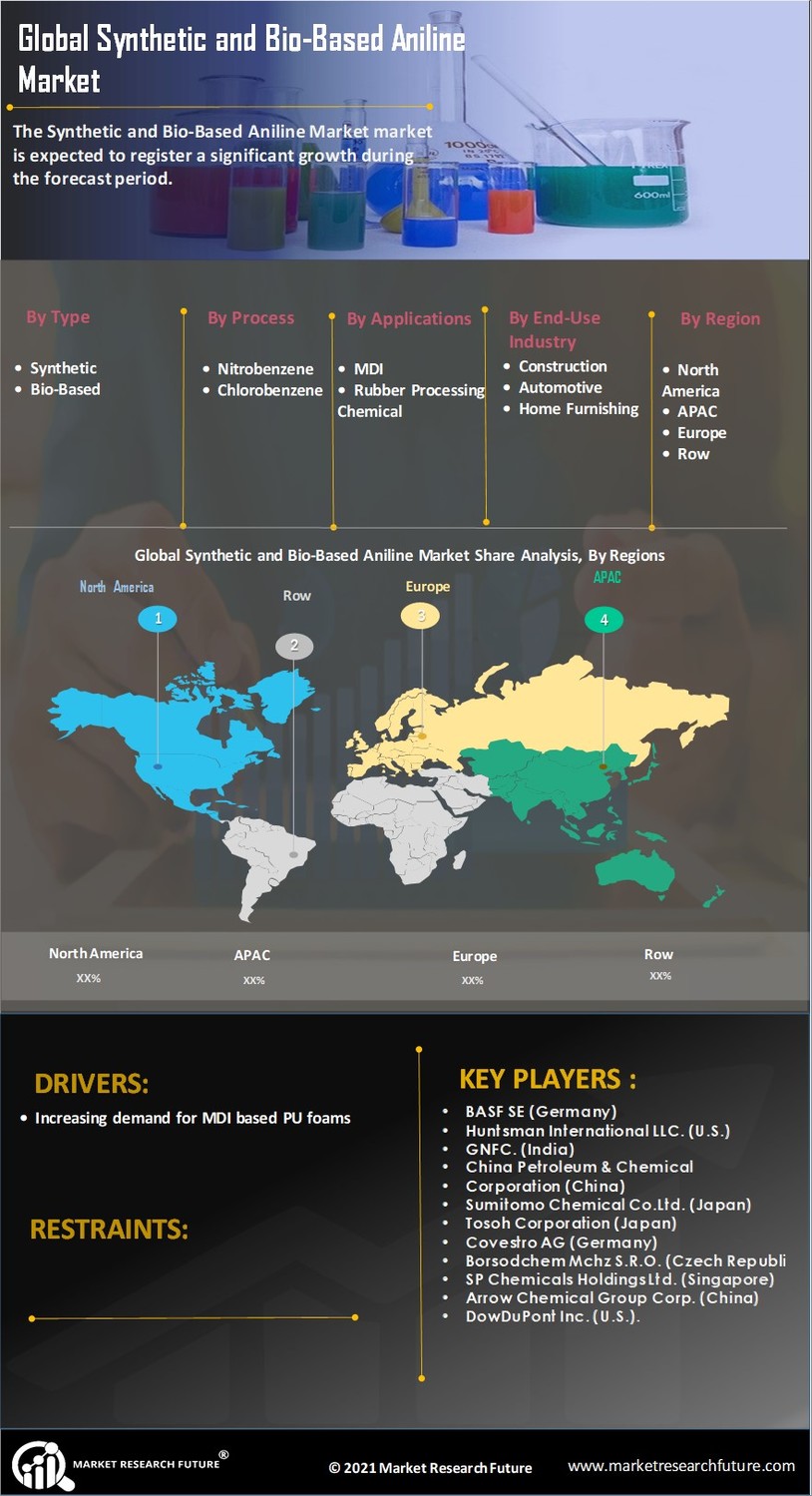

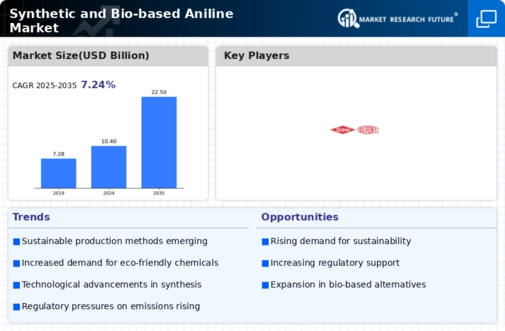
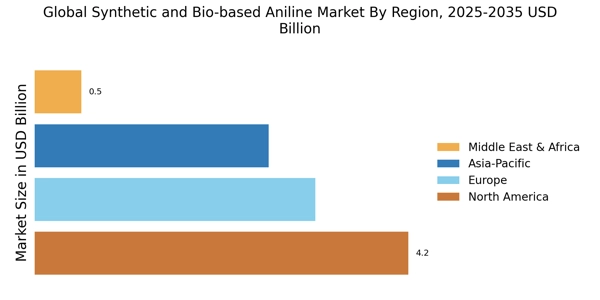
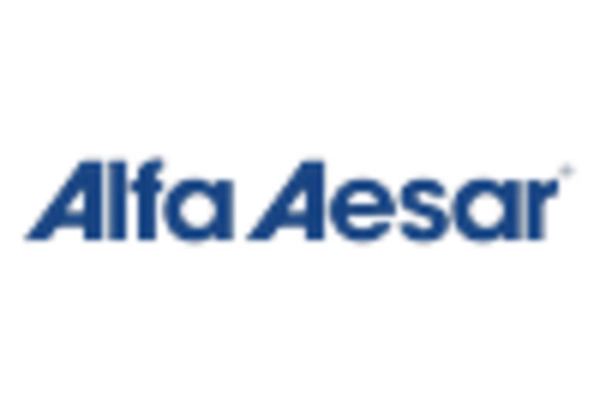
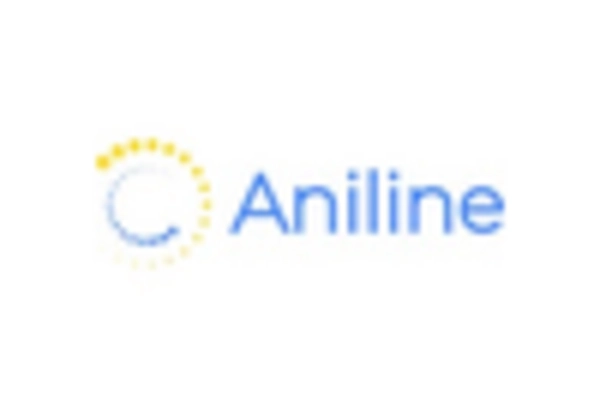

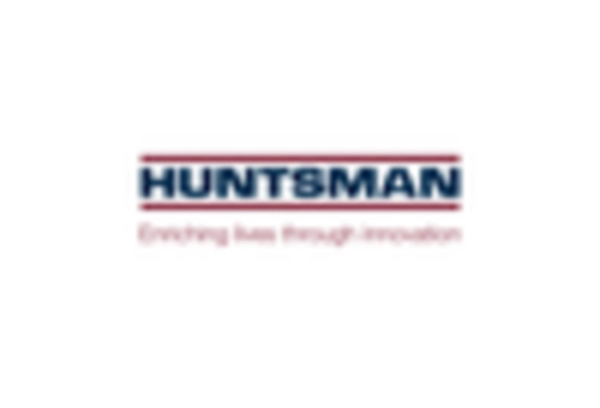
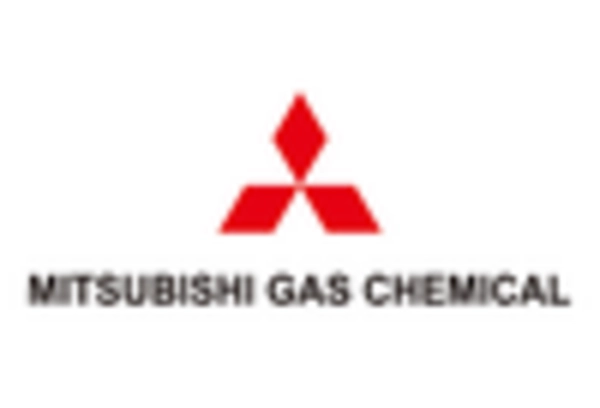
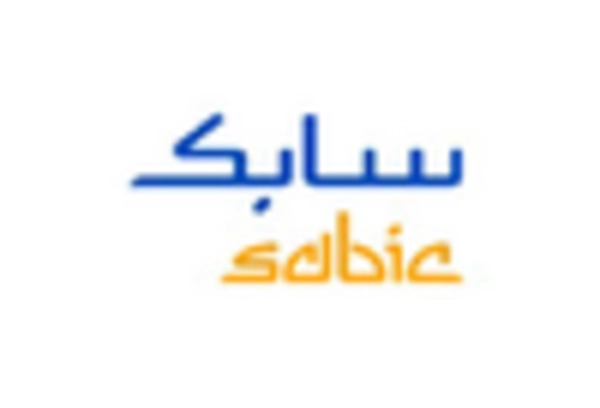








Leave a Comment